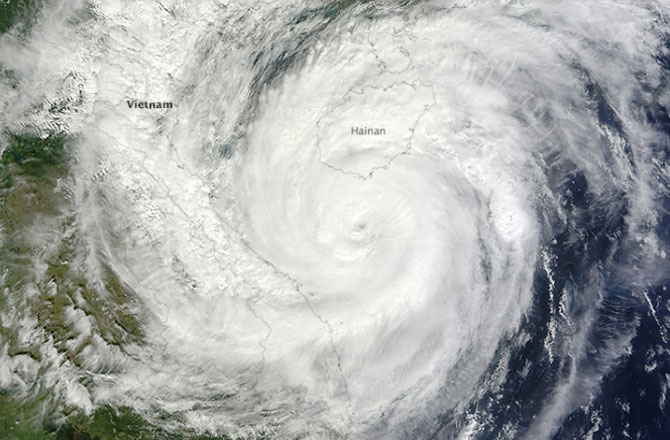OF THE
TIMES
Heaven and hell are eternal places because they are always present at the extremes of human existence, for better or for worse. People are constantly choosing between them, although they are generally not conscious of that in an articulated manner.
Bravo St George! Thank you for setting a precedent. Let the Baton Rouge welfare leeches and their enablers pay their own bills.
This article is very misleading (I think). The supply of money isn't evenly distributed within the population(For example, big tech companies and...
Those darn Rooskies! Who do they think they are, spewing GPS-frequency noise all over their peaceful neighbors... and why? It's not like anyone...
Here is what is missing, gravely missing in this JR-TC piece.... it is the founder of this site's description of life. [Link] Arkadiusz Jadczyk I...
Unemployment is above 20% and inflation is above 10%. The government gives us nothing but manipulated statistics. Reminds me of the WEF...
To submit an article for publication, see our Submission Guidelines
Reader comments do not necessarily reflect the views of the volunteers, editors, and directors of SOTT.net or the Quantum Future Group.
Some icons on this site were created by: Afterglow, Aha-Soft, AntialiasFactory, artdesigner.lv, Artura, DailyOverview, Everaldo, GraphicsFuel, IconFactory, Iconka, IconShock, Icons-Land, i-love-icons, KDE-look.org, Klukeart, mugenb16, Map Icons Collection, PetshopBoxStudio, VisualPharm, wbeiruti, WebIconset
Powered by PikaJS 🐁 and In·Site
Original content © 2002-2024 by Sott.net/Signs of the Times. See: FAIR USE NOTICE

Reader Comments
to our Newsletter